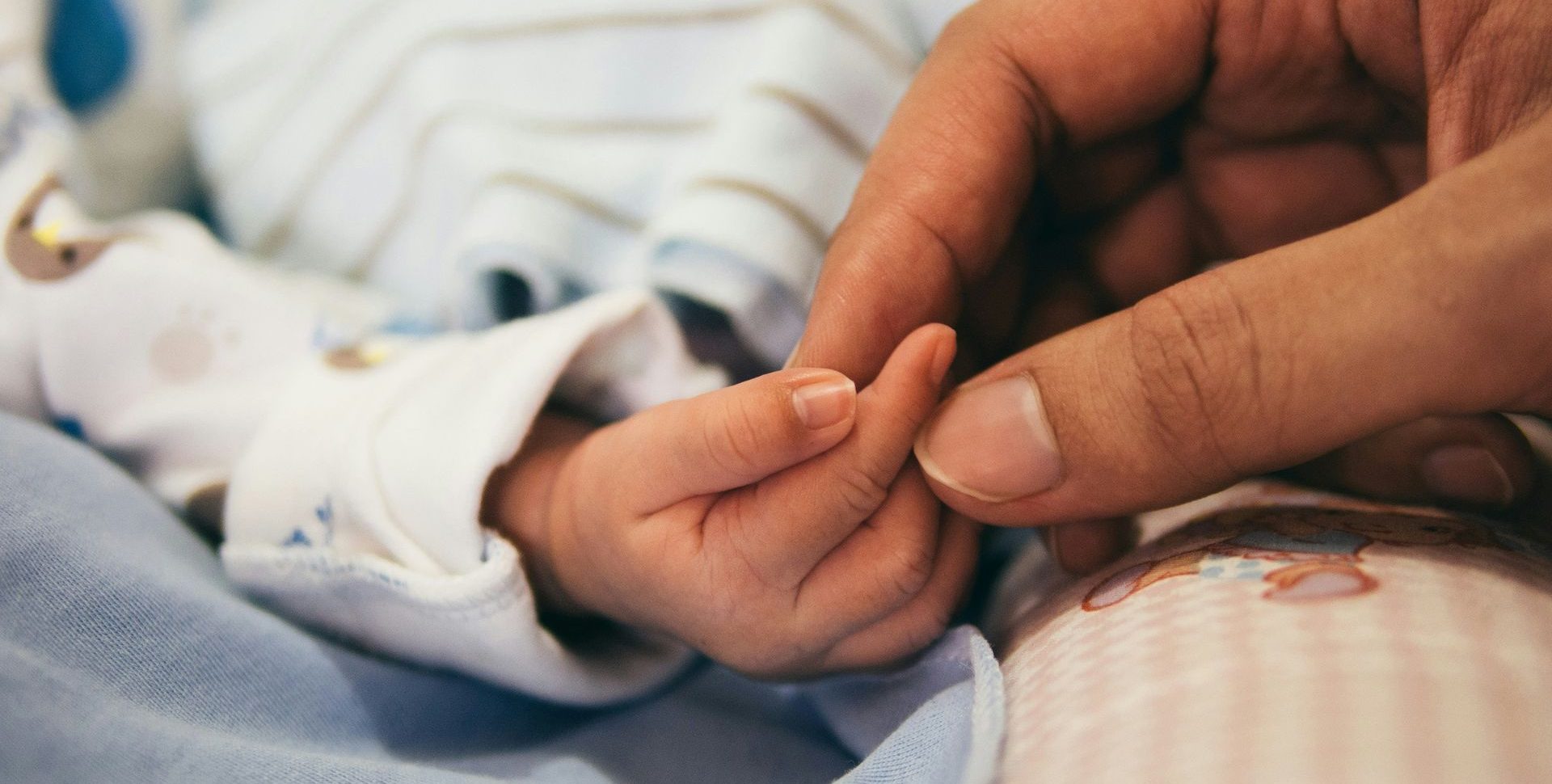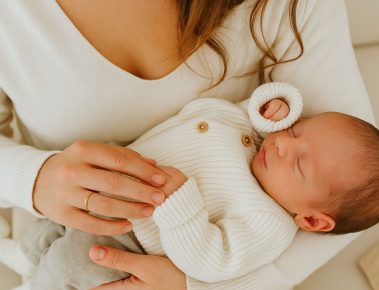As age increases, female fertility declines, affected by both the decrease in the number of eggs and the deterioration in their quality. This impacts not only natural conception but also the success of assisted reproductive treatments such as in vitro fertilization (IVF).
Although the media often highlight stories of pregnancies at older ages, creating optimism that age is not a limiting factor, scientific studies tell a different story. Age remains a key determinant of success in fertility treatments and should be taken seriously when planning a family.
Qualitative and Quantitative Changes in Eggs After 40
After the age of 40, there is a noticeable decline in the chances of achieving pregnancy, along with an increased risk of miscarriage. Egg quality deteriorates, leading to a higher frequency of chromosomal abnormalities (aneuploidies), which often result in implantation failure or miscarriage.
At the same time, ovarian reserve gradually diminishes over time. While there is no direct way to assess egg quality, ovarian reserve can be estimated through tests such as measuring Anti-Müllerian Hormone (AMH) levels.
Addressing Infertility at an Advanced Age
For women over 40, fertility evaluation is recommended after just 3 months of unsuccessful attempts to conceive, due to the limited time window. IVF may be a suitable option, provided there is adequate ovarian reserve.
Today, reliable scientific tools exist to help estimate the number of eggs needed to increase the likelihood of producing a healthy embryo.
Realistic Expectations and Treatment Safety
Accurate information is essential. Women need to understand both the potential and the limitations of modern treatments in order to set realistic expectations. Resorting to experimental or poorly substantiated methods may come at a financial—and medical—cost.
IVF after 40 is possible under certain conditions, but it requires a personalized approach, credible information, and careful planning.
Professor Panagiotis Drakopoulos, MD, PhD
Gynecologist – Fertility Specialist
Aloprekis 47, Athens
Web: drakopoulos-ivf.gr
Follow on Social Media (Instagram/Facebook/TikTok): @drakopoulosivf
______________________
References
Broekmans, F. J., Soules, M. R., & Fauser, B. C. (2009). Ovarian aging: mechanisms and clinical consequences. Endocrine Reviews, 30(5), 465–493.
Franasiak, J. M., Forman, E. J., Hong, K. H., Werner, M. D., Upham, K. M., Treff, N. R., & Scott, R. T. (2014). The nature of aneuploidy with increasing age of the female partner: a review of 15,169 consecutive trophectoderm biopsies evaluated with comprehensive chromosomal screening. Fertility and Sterility, 101(3), 656–663.
Drakopoulos, P., Santos-Ribeiro, S., Bosch, E., Garcia-Velasco, J., Blockeel, C., Romito, A., Tournaye, H., & Polyzos, N. P. (2018). The Effect of Dose Adjustments in a Subsequent Cycle of Women With Suboptimal Response Following Conventional Ovarian Stimulation. Frontiers in Endocrinology, 9, 361.

